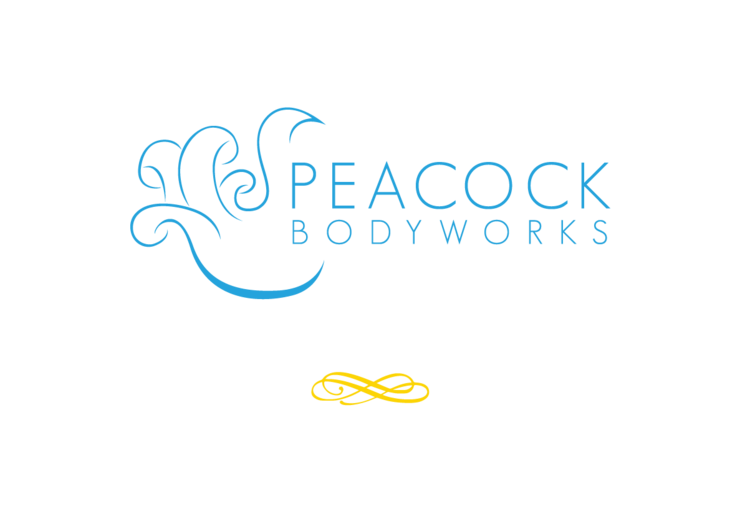The deltoid is a triangular muscle covering the upper section of the arm and the shoulder. It has a broad origin that crosses the clavicle (collar bone), the acromion process, and the spine of the scapula (shoulder blade). It inserts at the deltoid tuberosity about one third of the way down the humerus. The deltoid may be considered in three sections: anterior, middle, and posterior. The actions of the anterior fibers of the deltoid are to flex the shoulder (lift the arm straight out in front), medially rotate the shoulder (turn the arm so that the outside edge of the hand faces forward), and horizontally adduct the shoulder (bring the arm across to the opposite side of the body). The posterior fibers of the deltoid extend the shoulder (lift the arm out behind the body), laterally rotate the shoulder (turn the arm so that the palm faces forward), and horizontally abduct the shoulder (sweep the arm out to the side and back). All fibers of the deltoid combine to abduct the shoulder (lift the arm straight out to the side). All three sections also contract during heavy loading of the arm in order to prevent shoulder dislocation.
Deltoid pain is usually caused by overuse injuries. Any activity that requires the repeated or prolonged lifting of your arm may cause tension and trigger points to develop in the deltoid. Sports such as volleyball, swimming, rock climbing, and weight lifting may contribute to deltoid issues. Daily repetitive tasks such as typing on a keyboard that is too high can also cause deltoid strain.
Deltoid pain may be felt in the front, side, or back of the shoulder and will usually be felt with lifting the arm. Pain originating in the deltoid does not usually radiate to other areas of the arm or shoulder. Muscular dysfunction in the deltoid may also be experienced as weakness and even an inability to hold up the arm.
The deltoid is a superficial muscle that can be easily accessed for massage work. While it can be complex to figure out the root cause of shoulder pain, massage therapy is often a useful tool in resolving the pain.
To prevent deltoid pain, remember to always warm up before exercising, stretch after exercising, and slowly build strength. Check out this video for a simple strength building routine (the standing exercises directly address the deltoid). Be sure to follow it up with these easy stretches for posterior deltoid and anterior deltoid. Also, because there is so much misinformation out there, I feel the need to point out that the deltoid is NOT part of the rotator cuff! Do not take advice from anyone who claims that it is!

